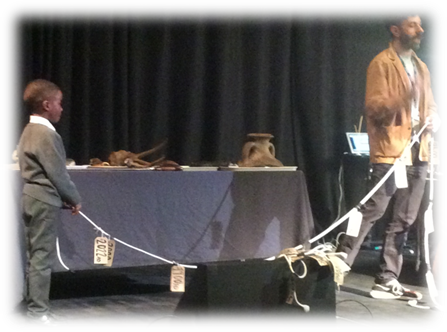History
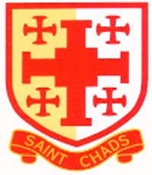
History Curriculum Intent, Implementation and Impact Statement
We aim to create
Curious, Enquiring, Historians
Intent
At St Chad’s, our topics are driven by historical events and provide a broad and balanced knowledge rich History curriculum across all year groups. We aim to provide a curriculum that is accessible to all and allows them to gain greater knowledge and understanding about Britain in the past and around the world, as well as encouraging them to remember more. The children will have a greater understanding of chronology and how life has progressed over time.
Our History curriculum is taught through five major strands, which are repeated throughout the year groups from EYFS to Year 6, allowing our children to make links within their learning. The curriculum will support children to be able to talk about the key substantive concepts of social history, invasion, power and rule, warfare and religion.
We aim that our children are curious about the past within Britain and the wider world. Through the implementation of our ‘Sticky Learning’, we strive to ensure that all our children remember the key elements at the end of each topic. We want them to be able to ask questions and think critically about events that have happened. History lessons help the children of St Chad’s to understand the complexity of people’s lives, the process of change, the diversity of societies and relationships between different groups, as well as their own identity and the challenges of their time.
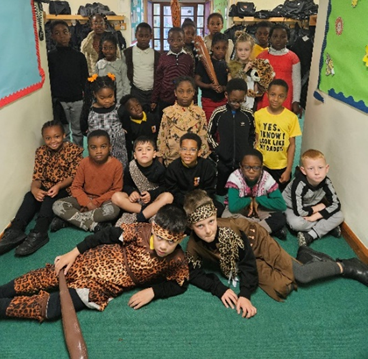
Implementation
At St Chad’s, the teaching and implementation of the History curriculum is linked to our half-termly or termly topics, which are based on the National Curriculum and carefully planned to ensure a well-structured, cohesive approach to the subject. This is implemented through exploring the 5 substantive concepts which will be covered through the various topics from EYFS to Year 6. The strands are:
1. Social History
2. Invasion
3. Power and Rule
4. Warfare
5. Religion
In EYFS, children use their own experiences and the experience of our community to learn how things change over time. Children are given opportunities to talk about past and present events in their lives and in the lives of members of their families. They consider key changes in their own lives through bringing in baby photos and discussing the changes to their own bodies as they have grown. They then progress to thinking about changes in the world around us through using key vocabulary such as ‘then and now’ and using visual clues to explore how the world and life around us has changed.
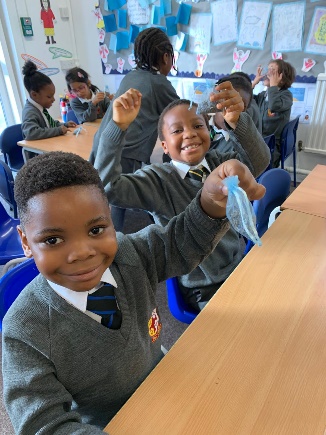
In Key Stage 1, children will continue to explore how things have changed over time through discussion and observations made. They will learn about the lives of significant individuals from the past, starting with a focus on our local area and then thinking about other significant people from Britain and around the world. In Year 2, the children will continue to develop their understanding of chronology by looking at historical events beyond living memory within their topic of The Great Fire of London.
In Key Stage 2, pupils continue to develop a chronologically secure understanding and knowledge of British and world history, establishing clear narratives within and across the periods they study. They are encouraged to make connections between historical events and similarities between empires and civilisations over time and develop the appropriate use of historical terms. Pupils will be supported and encouraged to ask historical questions to further their understanding of the period of history and develop their curiosity about the past.
Across all year groups, the children will develop their ‘Sticky Learning’ and each class will have a timeline for the historical events that they are taught. The sticky learning will ensure that every child has the opportunity to learn and recall key facts within each historical topic covered. This will be clear through the use of the ‘Sticky Learning Jar’ in each classroom’s History display and within the children’s books. Having a visual of the timeline in every classroom will allow the children to visualise and recall the order in which events happened over time and gain a greater understanding of the order in which key events took place.
Impact
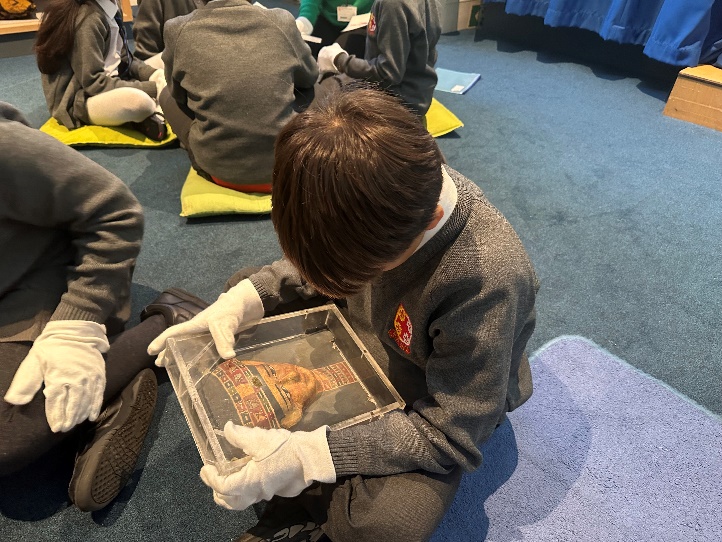
By the end of KS2, the children at St Chad’s should have a strong chronological understanding of historical events in Britain and within the wider world. Through the implementation of the ‘Sticky Learning’ all children will be able to remember some key ideas from the topic they have been focusing on. In providing the children with memorable trips and visitors to school, the children will be immersed in the History curriculum and will enhance the learning experience for them. The children will be able to vocalise their knowledge and understanding of the topics they have covered, and the work will be presented in a variety of ways, such as through extended writing, photographs of practical activities or historical timelines. We use a range of assessment strategies to ensure that the children retain the knowledge taught through a range of assessment tools such as flashback-style quizzes at the start of each lesson to recall previous learning and end of unit assessments to provide data on the knowledge they have learnt.
